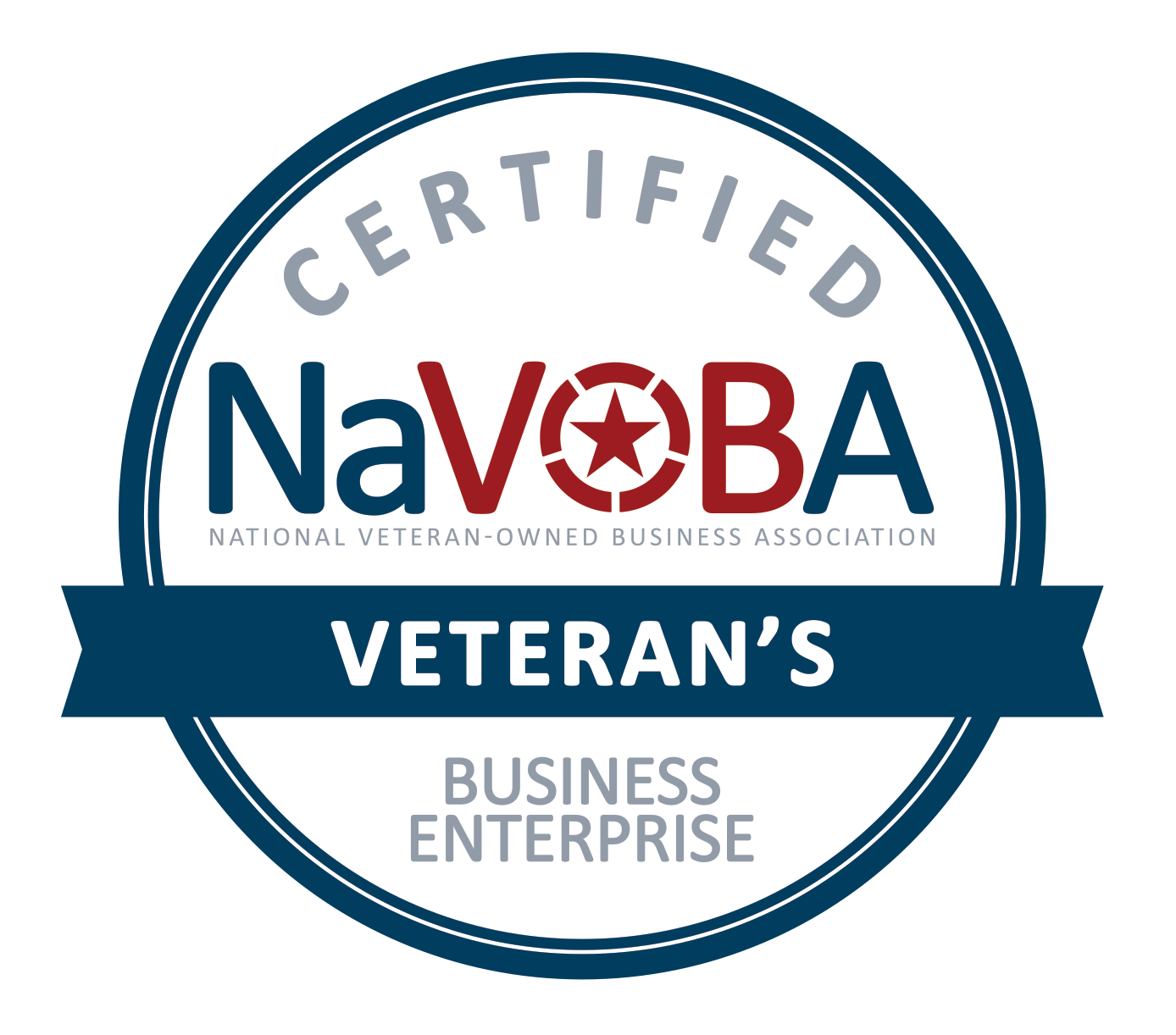How to Become a Texas-Licensed Security Guard
Becoming a Security Guard in Texas
The State of Texas requires specific security officer licenses, with three different levels, to maintain the professionalism of the industry. For additional information, please see
Texas Occupations Code, Chapter 1702.
1. Non-Commissioned Security Officer (Level II)
Who is this for? In Texas, a Non-Commissioned Security Officer is an unarmed guard. This license is known as the Level II license. These Level II Officers typically work in retail stores, residential communities, or office buildings. Duties often involve monitoring and reporting to either the client or law enforcement without substantial intervention.
Level II License Requirements:
•
Eligibility: You must 1) be at least 18 years old, 2) not have been convicted of a felony / Class A misdemeanor in the past 20 years or Class B misdemeanor in the past 5 years (with certain exceptions), and be a legal U.S. resident or citizen.
•
Training Requirements: Complete a Level II training course from a certified training school. This course covers basic security concepts such as emergency protocols, legal constraints, report writing, and observation skills.
•
Application Process: After completing a 6-hour training and passing the exam, submit an application to the Texas Department of Public Safety (DPS) Private Security Bureau (PSB). You'll also need to undergo a fingerprinting process and a background check.
2. Commissioned Security Officer (Level III)
Who is this for? In Texas, a Commissioned Security Officer is an armed guard. This license is known as the Level III license. Level III officers typically work in higher-risk environments such as banks or hospitals. These officers' duties often involve more intervention than those of a Level II licensee.
Level III License Requirements:
•
Eligibility: You must meet all criteria for a Level II license and be at least 21 years old.
•
Training Requirements: You’ll need to complete both the Level II training and the 45 hour Level III training course (including course of fire) at a licensed training facility. The Level III course covers more advanced topics, including firearm safety, use-of-force laws, defensive tactics, and weapons proficiency.
•
Firearms Proficiency: You must pass a firearms qualification exam within 90 days of the date you apply.
•
Application Process: After training, submit your Level III license application, including proof of firearms certification, to the DPS PSB.
3. Personal Protection Officer (Level IV)
Who is this for?
To become a bodyguard or a personal protection officer for VIPs, you must obtain a Level IV license. These individuals are tasked with guarding individuals as opposed to guarding property.
Level IV License Requirements:
•
Eligibility: Before applying for the Level IV license, you must hold a valid Level III (Armed Security) License.
•
Training Requirements: The 15-hour Level IV class provides specialized training in personal protection skills such as close-quarters defense, threat assessment, and client protection.
•
Application Process: Submit an application along with proof of a Level III license and Level IV training to the DPS PSB. Provide proof of completion of the Minnesota Multiphasic Personality Inventory Test, signed by a licensed psychologist.
Cascadia Global Security is committed to helping those interested in the security industry find the right training and resources. Ready to take the next step? Contact us, and we’ll guide you toward the right path to becoming a licensed security professional in Texas.




